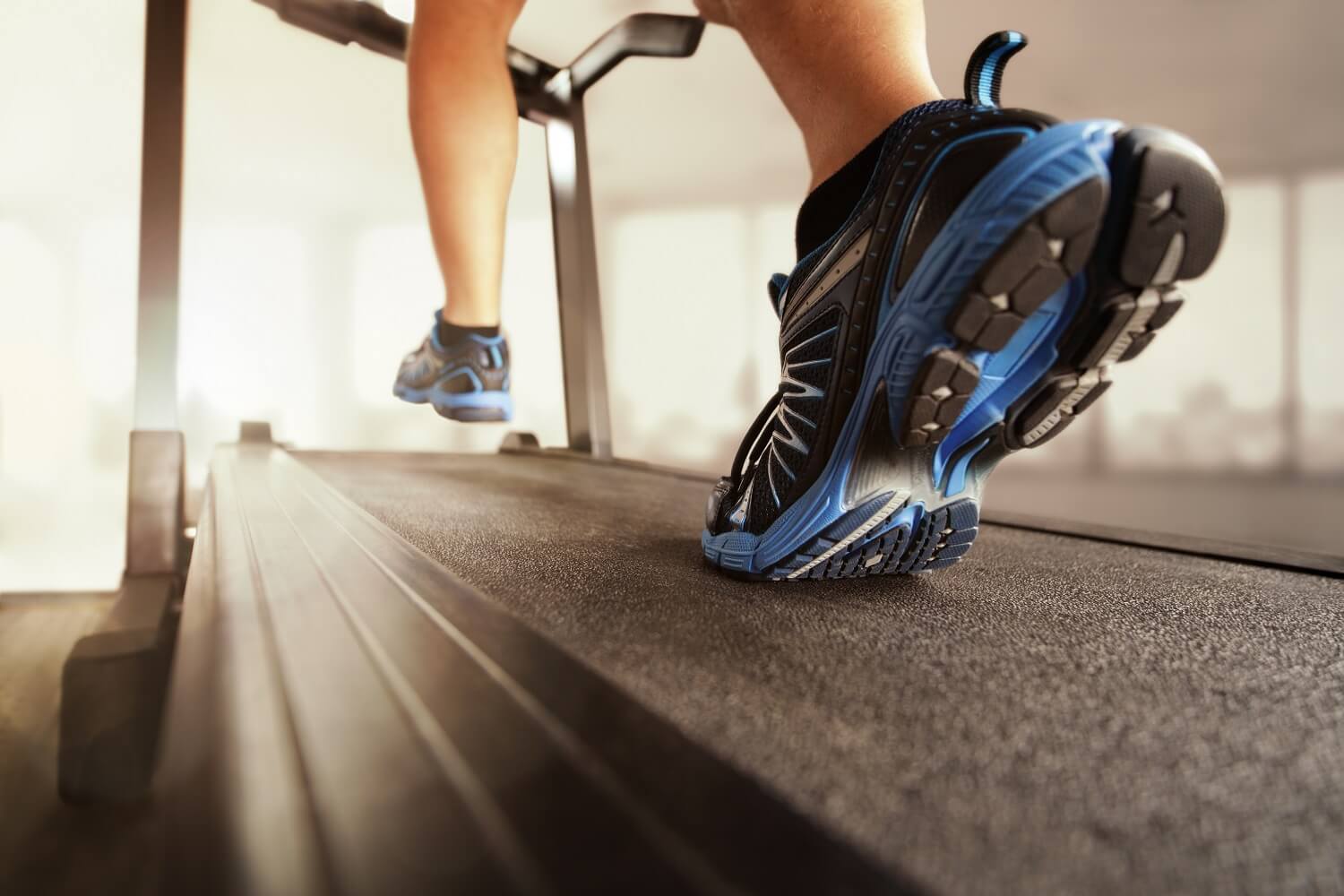Evaluation of the running technique
The running technique evaluation in physiotherapy is a specialized service for runners. From the beginner wanting to indulge in this sport in a safe way to the elite wanting to improve his performance, the evaluation of the race pattern is for any runner wishing to prevent injuries or eliminate pain.
How is a physiotherapy session organized for the evaluation of the running technique?
The evaluation is done in 3 stages:
1) Assessment of flexibility, stability and strength of muscles and ligaments involved directly in running.
2) Observation of the running pattern on a treadmill and outside when all factors are favorable. This stage consists of the client running while the physiotherapist observes trunk movements, head oscillations, arm position and sway, pelvic and hip movements, knee rotations and finally the foot landing. The running cadence is also observed as well as foot contact on the ground to evaluate the impact of each step.
3) Explanation of the advice and specific exercises to correct the factors that can lead to injuries or pain.
Where and who to consult for the evaluation of the running technique?
The evaluation of the running technique is offered by physiotherapists I-Hua Chen and Sophie Thauvette. I-Hua practices at the La Prairie branch and has been trained for running injury prevention by Blaise Dubois, a renowned physiotherapist specialized in running and its associated injuries. Sophie practices in all branches, if needed. As for Sophie, she has also followed this training and has gained experience by practicing running and triathlons herself. She has evaluated, treated and advised several fans of these sports throughout the years. Do not hesitate to contact us in the various Roussillon clinics to ask questions about this service or to make an appointment.
Types of problems justifying a running evaluation

Each year, more than 50% of runners experience an injury. As the body is repeatedly solicited at the same places, all sections of the lower limbs may be affected. You can therefore consult for:
- Foot injuries such as a stress fracture, plantar fasciitis, Heel spur (Lenoir’s thorn), metatarsalgia and big toe problems.
- Knee pain such as Patellofemoral Syndrome, patellar tendinitis and iliotibial band syndrome often referred to as “the Windshield wiper effect”.
- A leg injury such as periostitis, lodge syndrome, Achilles tendinitis, strained calf and tibia stress fracture.
- A thigh injury such as a pulled muscle.
- Hip or back pain such as bursitis, tendonitis, osteoarthritis at the hip and all back conditions.


